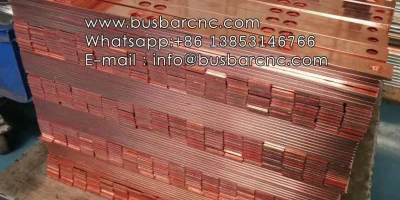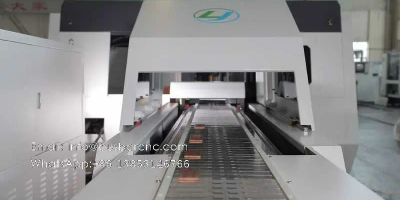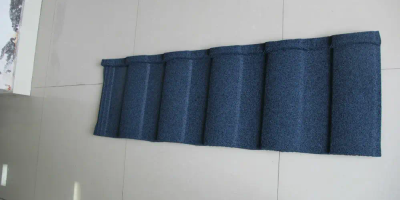For the time and cost of industrial equipment design, this is something that every company needs to consider. Before designing, a thorough evaluation of these two factors is needed to make the right decision. And this evaluation is not a simple mathematical calculation, but requires the experience and judgment of the designer.
01 Time and cost of industrial equipment design
Time factor
Time is one of the key factors for business production. The pressure of time is very obvious in industrial equipment design, because this equipment design is often designed to meet the urgent needs of the enterprise. If the design cycle is too long, it may adversely affect the production of the company.
In this case, we need to consider how to shorten the design cycle. First, we can try to use templates or previous design solutions, which can save a lot of time. Secondly, we can consider adding more design staff, which can speed up the whole design process. Although this will increase the cost, it can also bring more value to the business.
Cost factor
Cost is one of the important factors in business decision making. In industrial equipment design, costs include design costs, manufacturing costs, transportation costs, etc. The level of these costs directly affects the profit level of the enterprise.
Before designing, we need to make a comprehensive assessment of the costs. First, we need to determine the function and requirements of the equipment before we can determine the design costs. Next, we need to determine the cost of manufacturing and shipping so that we can determine the total cost of the entire equipment.
If the cost is too high, we can consider optimizing the design solution to reduce manufacturing and shipping costs. Alternatively, we can consider working with the right supplier to reduce the cost of the entire equipment.
Time and cost are factors that cannot be ignored in the design of industrial equipment. Only on the basis of a comprehensive assessment can we make the right decision and bring more value to the company.
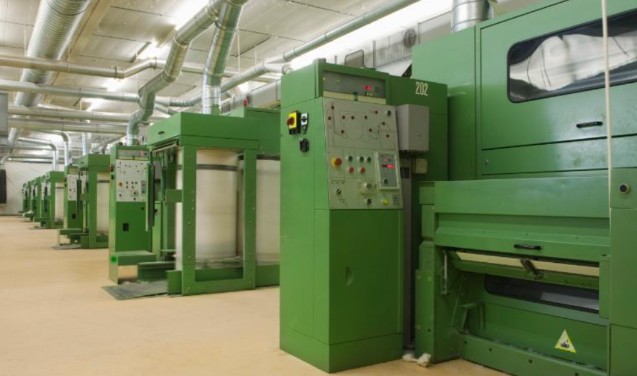
02 Basic requirements for material selection in industrial equipment design
In mechanical product design, material selection is a very important decision!
Because the performance and characteristics of the material directly affect the performance and reliability of the product.
How to choose the right material according to the design needs is very important.
Generally speaking, the materials commonly used in mechanical equipment are steel, cast iron, non-ferrous metals and non-metallic materials.
The following eight dimensions are explored:
Strength and stiffness requirements
Strength and stiffness are two important concepts in the mechanics of materials, used to describe the mechanical properties of materials. Strength refers to the ability of a material to resist damage by external forces, while stiffness refers to the ability of a material to deform after a force has been applied. A material must have sufficient strength and stiffness to withstand mechanical stress and deformation. This usually requires an analysis of the mechanical properties of the material in tension, compression, bending and shear.
Durability and wear resistance requirements
Durability and wear resistance are important indicators to assess the long-term service life of an item or material. Durability usually means that the item or material can maintain its original performance and function after many uses or long time use, and is not easy to damage or break. Abrasion resistance refers to the ability of an article or material to maintain its original performance and function after repeated rubbing, friction or rubbing, and is not easily worn or abraded. The material must be able to maintain its properties and shape under long-term use and repeated loading. This typically requires an analysis of the material’s fatigue life, wear resistance and corrosion performance.
Machinability and Cost Effectiveness Requirements
Machinability and cost effectiveness are important metrics in evaluating the manufacturing process of a material or product, and for manufacturers, these two metrics directly affect the difficulty of manufacturing and production costs of a product. Machinability refers to the processing performance of the material or product during processing, including cutting performance, molding performance, weldability, castability, etc. Cost-effectiveness refers to the balance between the manufacturing cost and performance of the material or product, i.e., the lowest possible manufacturing cost while ensuring the performance of the product. The material must be easy to process and manufacture, and at a reasonable cost. This usually requires consideration of properties such as machinability, weldability, castability and malleability of the material.
Sustainability and environmental requirements
Sustainability and environmental friendliness are important indicators for evaluating the environmental impact of a product, material or production process, and are essential for environmental protection and sustainable development. Sustainability refers to the product, material or production process in the use and disposal process of the environmental impact is sustainable, including resource utilization, waste management, energy use efficiency, etc. Environmental friendliness refers to whether the impact of the product, material or production process on the environment meets environmental protection requirements, including whether the emissions of exhaust gases, wastewater and waste meet environmental standards. Materials must meet the requirements of sustainability and environmental friendliness. This usually requires consideration of the impact of the source of the material, the production process and recycling.
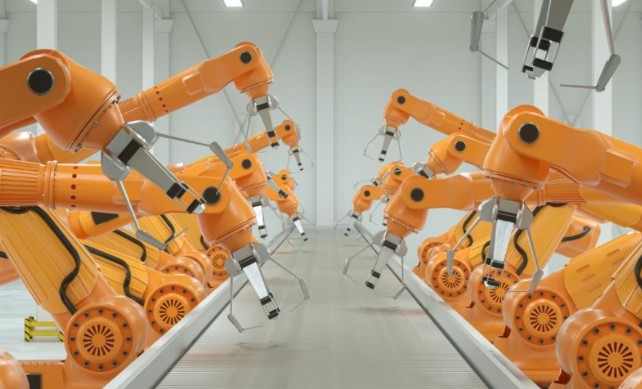
Use requirements
Meeting the use requirements is the most basic principle and starting point for the selection of materials. The so-called use requirements, refers to the selected materials made of parts, in the given working conditions and a predetermined period of life can work properly. And different machinery, its focus and differences.
For example, when the parts are subject to large loads and require light quality, size, can be selected for higher strength materials; sliding friction parts, should be selected to reduce friction performance of good materials; high temperature parts, should be selected for heat-resistant materials; when subjected to static stress, plastic or brittle materials; and impact loads, must be selected for better impact toughness of materials.
Process requirements
Mainly refers to the blank manufacturing (casting, forging, cutting plate, cutting bar), machining, heat treatment, surface treatment and other requirements. The so-called process requirements refer to the selected materials with good cold and hot processing performance and good heat treatment processability.
For example, the structure of complex and mass-produced parts should be used castings, single-piece production should be used forgings or welded parts. Simple disc-shaped parts (such as gears or pulleys, etc.), the blank is used castings, forgings or welded parts, depending on their size, structural complexity and the size of the batch; single small batch production, it is appropriate to use welded parts; small size, large batch, simple structure, it is appropriate to use die forgings; complex structure, mass production, it is appropriate to use castings.
Appearance requirements
The goal of product appearance design is to visualize the process of product function and function, to give the product three-dimensional appearance, exquisite size, human-machine interface, to meet the aesthetic and operational requirements of users.
Mechanical product design, the choice of materials should be fully considered product appearance factors, as far as possible to meet the requirements of the product in terms of appearance.
Comprehensive economic efficiency requirements
Comprehensive economic efficiency is the ultimate goal of the pursuit of all products, so in the selection of parts materials, should be as far as possible to meet the above requirements and low price of materials. Can not only consider the price of materials, should also consider the processing costs and maintenance costs, the utilization rate of materials, alternative materials, etc., that is, consider the overall economic benefits.
Mechanical product design, the choice of materials to adhere to the principle of practicality, should be based on the specific requirements of the parts to determine the type of material, while ensuring that the material is harmless to the human body and the environment, processing materials in the process of low pollution, low energy consumption, and to give full consideration to the type of material load, in the premise of ensuring the quality of the design, try to reduce costs.
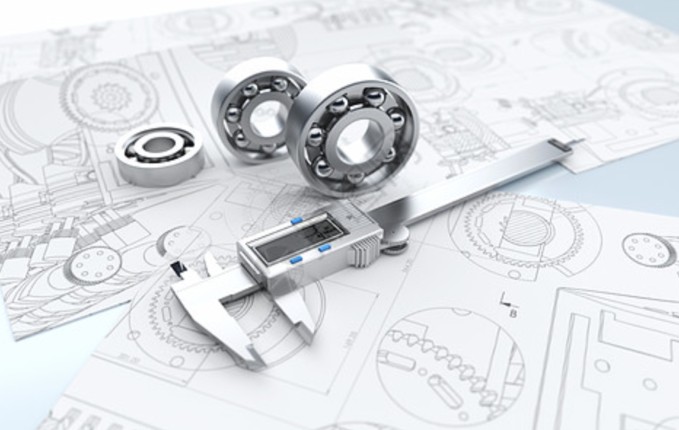
03 What to pay attention to in the design of large industrial equipment?
Large-scale industrial equipment design is different from companies that specialize in certain types of products. Almost every day, they design completely different categories of products, from capsule robots to cabinets covering thousands of square meters. Large-scale equipment is completely different from smaller products in terms of usage scenarios, assembly scenarios, and processing environments. As a result, the considerations associated with industrial design are also completely different.
For the user, small products receive close attention. A small screen print, a small decorative color scheme, and different surfaces can make a difference in the appearance of a product. This subtle design cannot be used for industrial design of large equipment because when looking at large equipment, users are often more than one meter away from the equipment and it is difficult to observe too subtle decorative parts and surfaces. Therefore, the following considerations should be taken into account when designing large equipment industries.
The division and color matching of the world’s large areas are the main design elements. The differences between the production and assembly of products and small products should be considered in the design. For example, due to the size of vehicles, entrance doors and elevator doors, the surface of a complete product enclosure needs to be divided into several pieces, and different division methods will produce different effects. In terms of color matching, unlike plastic parts for two-color and plastic coating processes, large equipment housings are mostly sheet metal parts or plastic parts, and the appearance of different processes often requires disassembly and processing. Masks and screen printing can also be used for industrial design of large equipment, but the fineness will be much worse compared to small products, and many overly detailed exterior effects cannot be achieved, so try to avoid multi-color and small color block exterior design.
The machining technology varies even more, mainly in the machining accuracy. Housing dimensions and tolerances of plus or minus 5 mm are very common for large equipment. It is not possible to achieve some too small arcs and very fine clearance fits.
There is also a big difference between large equipment and small products in the use environment. Typically, large equipment is located in a relatively poor plant environment. Long-term use, vibration, humidity and high fever are common. The industrial design of large equipment needs to consider the heat dissipation, impact resistance, corrosion resistance and corresponding appearance characteristics of forklifts and cranes during assembly.
Large equipment will be equipped with many standard components such as alarm lights, robotic arm consoles, molding wheels, handles, hinges, etc. These standard parts will have a great limitation and influence on the product appearance, and need to be considered comprehensively during industrial design, and cannot be customized freely like small products. Therefore, Bauhaus design method is usually used for industrial design of large equipment.
In general, the design of large industrial equipment requires consideration of all aspects of product production, assembly and use, and the standard components used need to be incorporated into the design. The appearance is shown differently by large area modeling, large color blocks and segmentation, which is a very different design approach from that of small-scale industrial design.
How does industrial equipment design need to consider cost and material issues?
